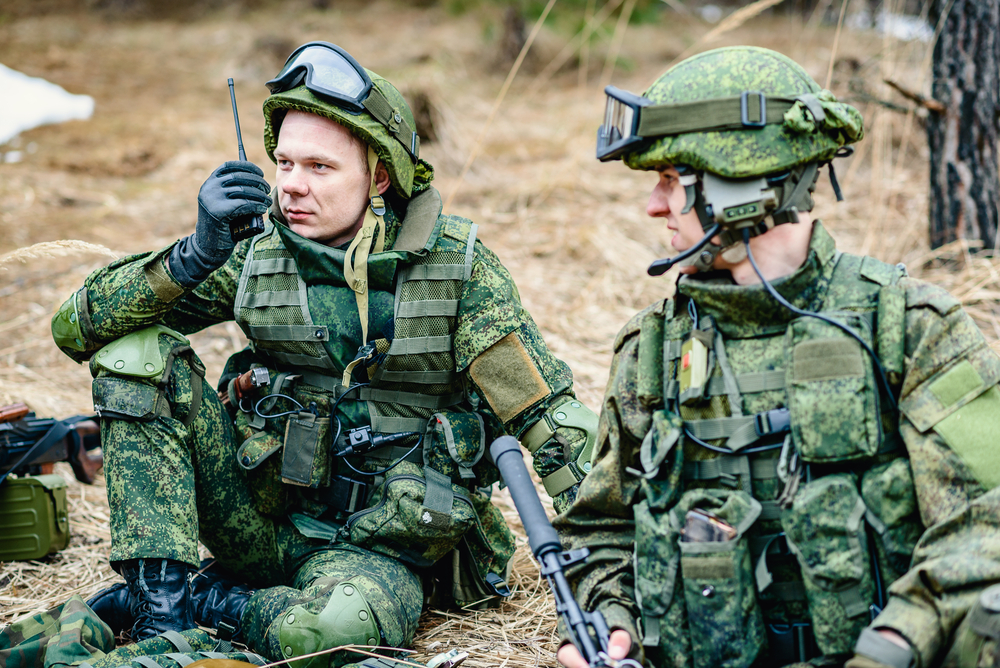Speed is vital because military personnel know that to survive, they must remain mobile.
Others are reading now
The recent ban on Discord in Russia has created substantial challenges for the country’s armed forces, which heavily relied on the popular communication platform as part of their C4I system, encompassing command, control, communication, computing, and intelligence.
Communication is Key
Information is a critical asset in warfare, but its value diminishes if not current. For example, if a reconnaissance drone detects a key target like a Patriot or S-300 battery, that information needs to reach the command center swiftly to coordinate an effective strike.
Speed is vital because military personnel know that to survive, they must remain mobile and cannot stay in one location for long, according to WP.
Traditional information-sharing methods may result in a response time of hours or even days, allowing targets to move and render missile strikes ineffective. Conversely, a C4I system facilitates real-time information flow, shortening the time from detection to attack to just minutes.
Also read
This efficiency is why many nations are developing encrypted C4I systems. However, both Ukrainian and Russian forces have often turned to familiar platforms like Discord, especially when they lack sufficient access to their standard systems.
Forced to Revert to Less Effective Methods
Following the Discord ban, Russian military bloggers have expressed their frustrations, noting that they are forced to revert to less effective methods used earlier in the conflict. Drone operators, who previously streamed live feeds to command centers, now face increased challenges in their operations.
Discord played a crucial role in coordinating and assessing attack outcomes in real time. Both Russian and Ukrainian forces utilized the platform to stream video from reconnaissance drones, enabling command centers to make informed decisions and adjust artillery fire accordingly.
This capability significantly enhances targeting accuracy while reducing ammunition waste.
Moreover, having real-time updates on enemy positions proves invaluable for infantry units and vehicles, allowing smaller, well-coordinated forces to hold their ground against larger opponents. Although this improvised C4I system lacks the security of military-grade solutions, it remains more effective than having no system at all.


